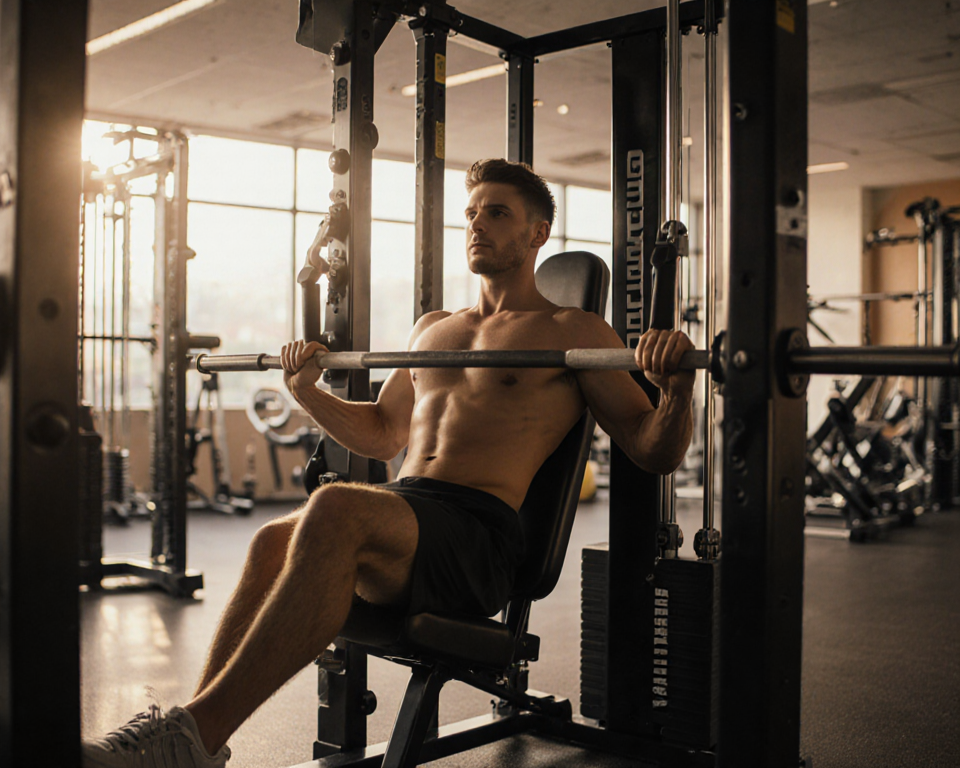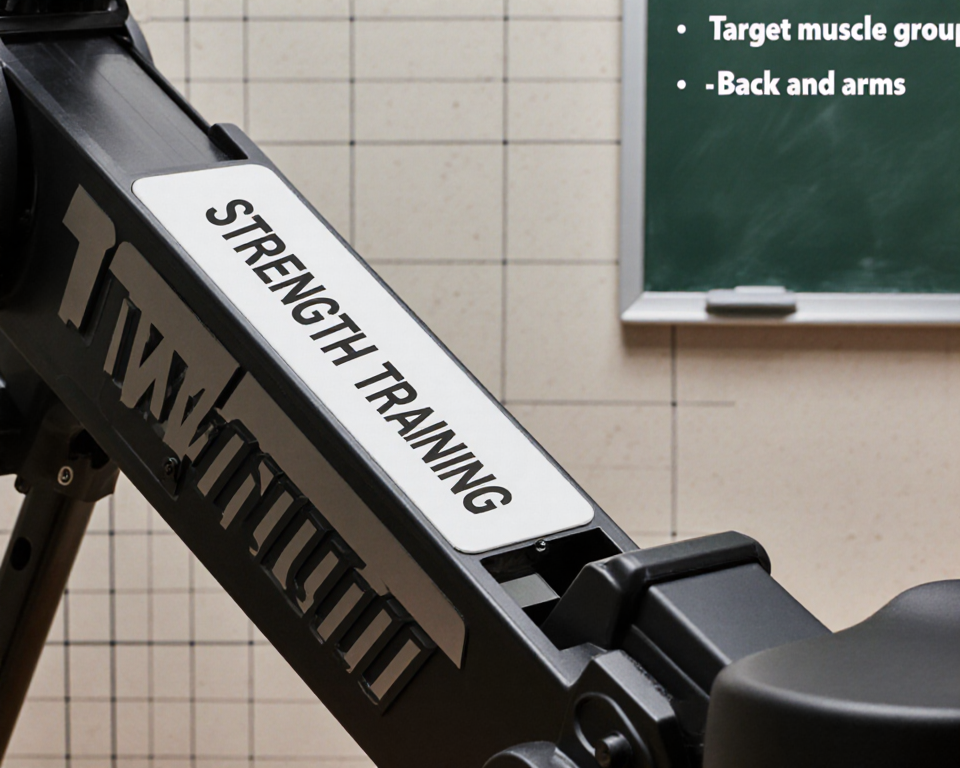How to Use Gym Machines Safely for Beginners

Starting a workout routine can feel like stepping onto a treadmill that’s been set to “World’s Fastest.” It’s easy to get lost in the hum of machines, the gleam of metal, and the promise of quick gains. This guide will walk you through the essential steps of how to use gym machines safely for beginners, turning that intimidating machine maze into a friendly playground. With clear instructions, a dash of humor, and a few real‑world anecdotes, you’ll leave the gym feeling confident, educated, and ready to lift smarter, not harder.
Understanding Gym Machines: The Basics
Before you even touch a lever, it helps to know what you’re dealing with. Gym machines come in two flavors: cardio and strength. Cardio machines—treadmills, ellipticals, rowing machines—focus on heart rate and endurance. Strength machines, on the other hand, isolate specific muscle groups, offering controlled resistance that’s perfect for beginners who want to avoid the “one‑arm‑in‑the‑air” feel of free weights.
Types of Machines
- Leg Press – Targets quads, hamstrings, glutes.
- Chest Press – Works chest, shoulders, triceps.
- Lat Pulldown – Focuses on back and biceps.
- Seated Row – Engages upper back and rear shoulders.
- Leg Curl/Extension – Isolates hamstrings or quads.
- Cable Machines – Versatile, allowing for many angles.
Knowing the purpose of each machine gives you a roadmap to avoid wandering aimlessly through the gym.
Setting the Stage: Preparation Before You Lift
You can’t safely lift a 200‑lb barbell if you’re dehydrated or haven’t warmed up. Preparation is the secret sauce that turns a routine into a safe, effective workout.
Warm‑Up Essentials
- Dynamic stretches: leg swings, arm circles, torso twists.
- Light cardio: 5‑10 minutes on a stationary bike or treadmill at a relaxed pace.
- Activation drills: glute bridges, band pull‑aparts to engage key muscles.
A proper warm‑up reduces injury risk and improves performance—think of it as giving your muscles a polite “hello” before the main event.
Choosing the Right Machine
Not all machines are created equal. When you’re new, start with machines that offer guided motion and adjustable resistance. Avoid those with too many moving parts or complex settings. A simple, well‑labelled machine is like a clear signpost on a winding trail.
Mastering the Technique: How to Use Gym Machines Safely
Technique is the cornerstone of safe machine use. A good form turns a workout into a dance rather than a chaotic scramble.
Proper Posture and Alignment
- Keep your back straight and shoulders relaxed.
- Align your knees with your toes on leg machines.
- Avoid locking joints; keep a slight bend for joint safety.
Picture your body as a well‑built bridge—every component must align to support the load.
Weight Selection and Incremental Progression
Start with the lowest weight setting. If you can comfortably perform 12–15 reps, the weight is appropriate. Increase by the smallest increment available—often 5–10 pounds. Remember, the goal is progressive overload, not a sprint to the max.
Common Mistakes to Avoid
- Using momentum: swinging the weight defeats the purpose of controlled resistance.
- Overlooking the breathing: inhale on the eccentric (lowering) phase, exhale on the concentric (lifting) phase.
- Ignoring the “feel”: if something hurts, stop. Pain is your body’s warning system.
A quick rule of thumb: if you can’t feel the muscle working, you’re probably doing it wrong.
Building Confidence: Overcoming the Fear Factor
The gym can feel like a jungle gym for the uninitiated. Fear of injury or looking foolish often keeps beginners on the sidelines.
Small Goals, Big Gains
Set micro‑objectives: “Today I’ll master the seated row with 20 lbs.” Achieving these builds confidence faster than a marathon plan. Celebrate each win; it’s the fuel for the next session.

Using Spotters and Trainers
If the gym offers personal trainers, book a session. A trainer can demonstrate correct form, adjust settings, and give instant feedback. Think of them as your personal GPS—guiding you safely through unfamiliar terrain.
Staying Consistent: Making Machines Work for You
Consistency turns a one‑off effort into lasting results. Treat machine workouts like a regular appointment you can’t miss.
Scheduling and Tracking Progress
- Plan: 3–4 sessions per week, alternating muscle groups.
- Log: record weight, reps, and perceived effort.
- Review: every 4 weeks, assess progress and adjust.
Tracking is the mirror that shows you how far you’ve come, keeping motivation high.
Recovery and Rest
- Rest days: give muscles time to rebuild.
- Hydration: water is essential for muscle function.
- Nutrition: protein after workouts fuels repair.
Recovery is not a break; it’s the engine’s refueling station.
Making Your Workout Count: The Final Piece
You’ve learned the fundamentals of how to use gym machines safely for beginners. Now it’s time to weave these pieces together into a cohesive routine that feels both challenging and comfortable.
Remember, the gym is a place where effort meets opportunity. Treat each machine as a tool, not a threat. With proper preparation, technique, and consistency, you’ll turn those intimidating machines into your allies on the path to fitness. So, step onto that treadmill, set the weight, and lift with confidence—your future self will thank you.
> “The only bad workout is the one you didn’t do.” – Unknown
Take that quote to heart, and let the machines do the heavy lifting while you focus on mastering the safe, smart way to use them.